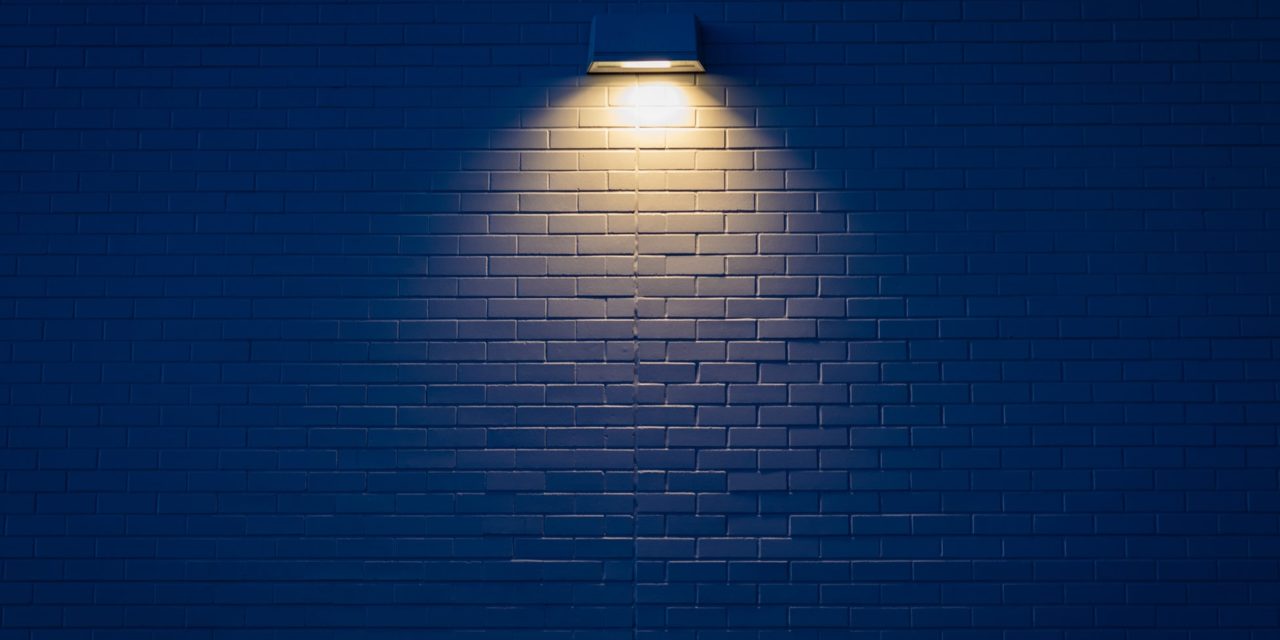[ad_1]
When you're operating/working in a hospital and your primary focus is on the health of your patients and treating those who are sick &/or injured round-the-clock, it's easy to place the importance of maintaining, and even improving your hospital on the back-burner. In particular, the lighting demand of any hospital is significantly high, roughly representing more than 10% of an average hospital's energy consumption. This also leads to a higher demand in having to cool down the hospital because of the heat that is generated from every watt of electricity being consumed. The amount of heat and energy that is emitted from poorly thought out lighting systems in hospitals is a problem that is taking time, money, and energy away from other valuable aspects of a hospital. However, it is a problem with a rather easy solution.
Energy efficient lighting solutions are readily available to meet the lighting demands of any hospital, whether it's a hospital newly in construction or one already in existence. Commercial LED lighting, while both cost-efficient and energy-efficient, also has a quick payback period and will lead to dramatic savings over little time.
Benefits of installing LED lighting in hospitals:
Energy efficient – LED lighting Uses less than a third of the energy consumed by fluorescents (140 kWh) and seven times less than incandescents (350 kWh). (Important when dealing with lighting that stays on round-the-clock, i.e., hallways, large rooms, bathrooms, cafeteria, even exit signs).
Lowers maintenance cost – The lifespan of LEDs is 50,000 hours, or around six years, when operated 24/7. Comparatively, the lifespan for fluorescent lights can last for about a year when used 24/7, and even less than a year for incandescent lights. Another great characteristic of LED lighting is that it does not burn out over time, but rather slowly lessens in brightness. (Time and money can be better spent elsewhere than having to worry about replacing burned out light bulbs).
More money in your pocket – Because of the quick payback, savings can be allocated elsewhere. Below is an example of how simply switching the light bulbs in a hospital's exit signs can be extremely beneficial.
ex: When a hospital (600 beds and 300 exit signs), replaces its 36 W EXIT signs with 5 W LED signs, it will yield an annual savings of $14,755. That's incredible savings, especially since the project cost of doing this would be about $17,000, with a payback period of 1.15 years.
Hospital happiness, health, & safety – LED lighting casts a minimal to no shadow. There is also no flicker, and no delay when these LED lights are turned off and on. Last but not least, studies have shown that the light from LED bulbs can improve one's overall mood and health because of their ability to create light in multiple colors. This is revolutionary because the type of color in your lighting can help your staff feel more alert, while also helping your patients feel more calm or sleepy. When your hospital's staff and patients are happier, the overall hospital will function significantly better.
[ad_2]
Source by Mona Chagala


